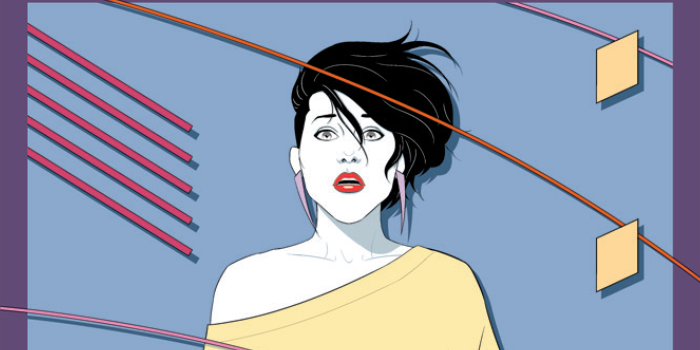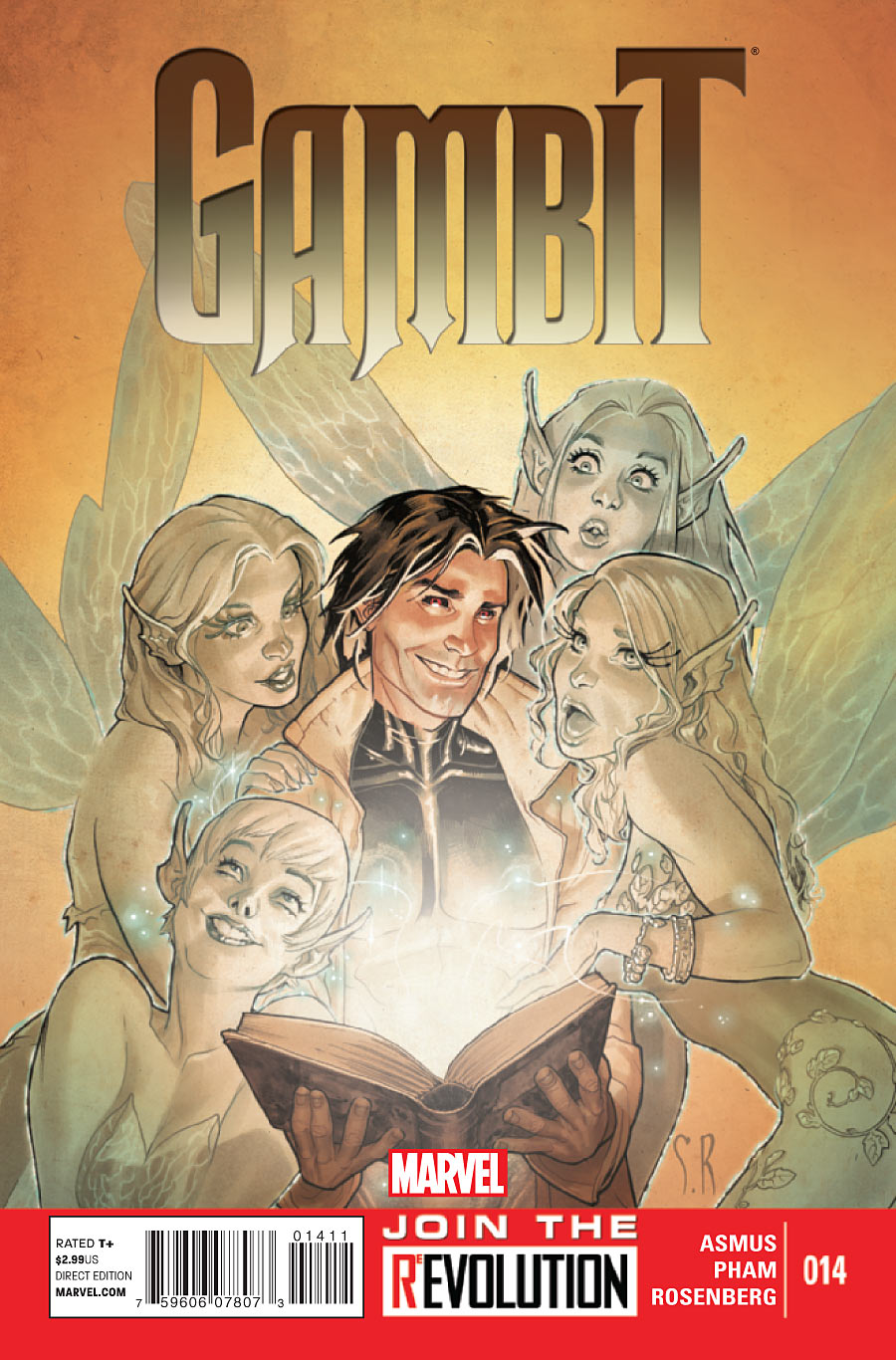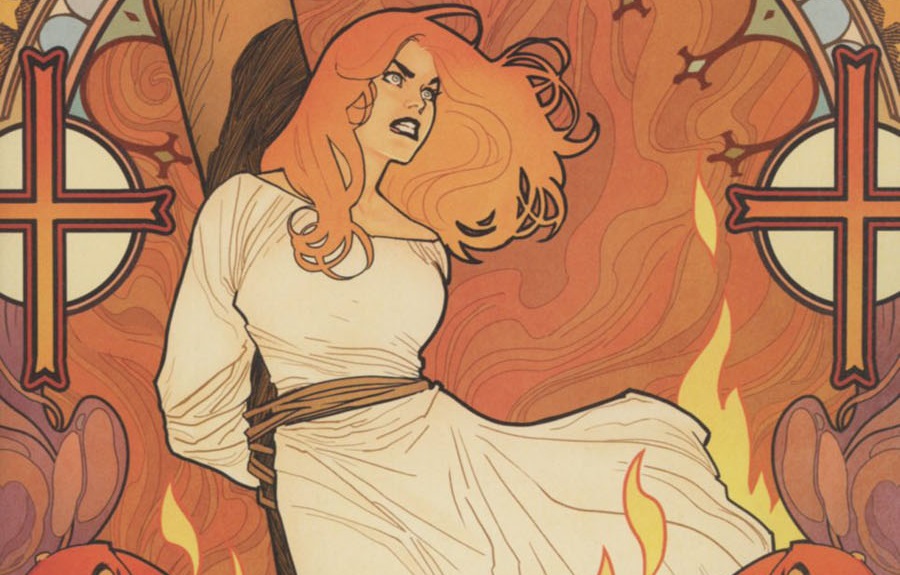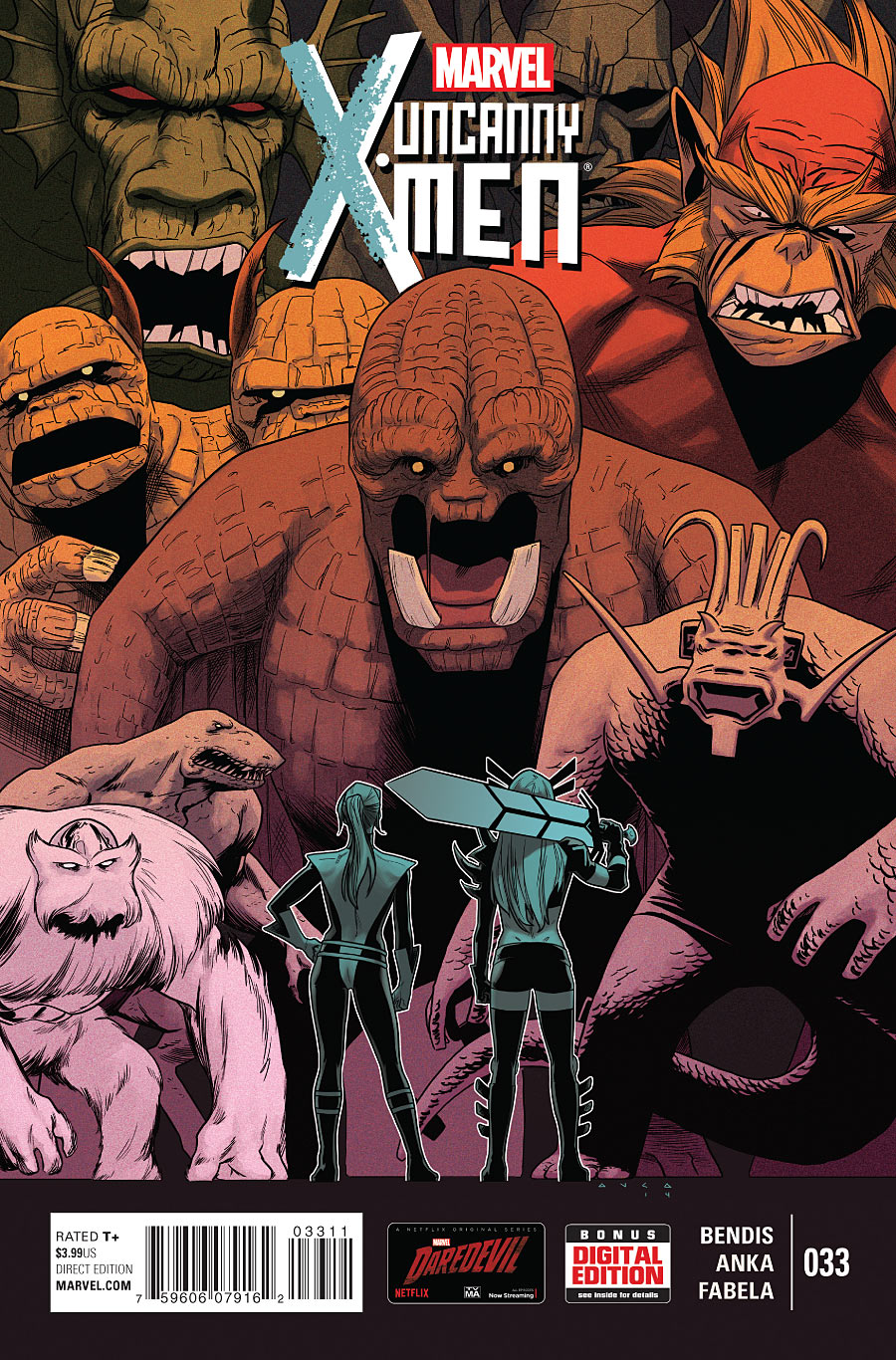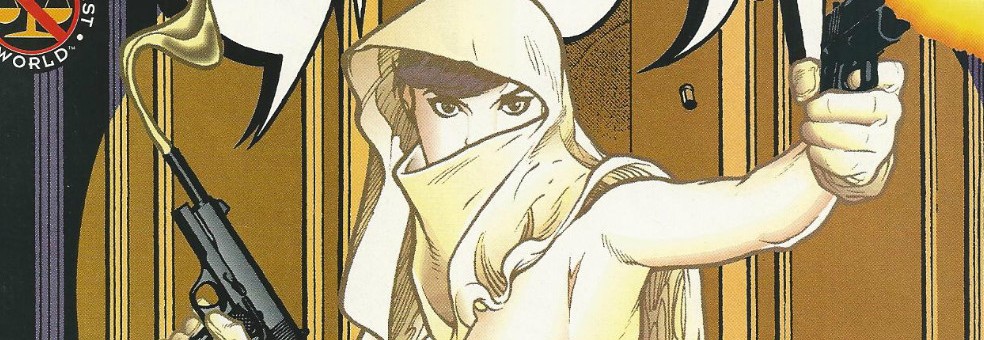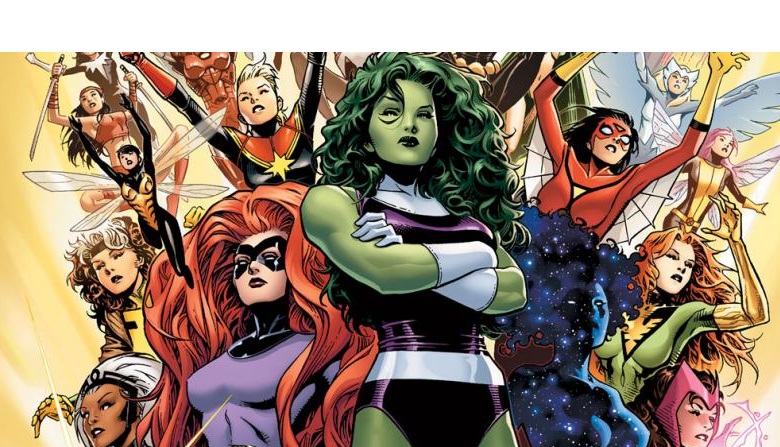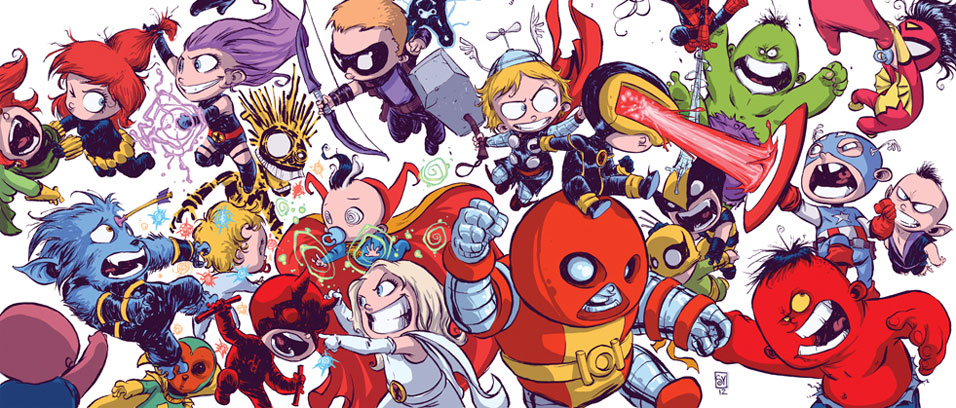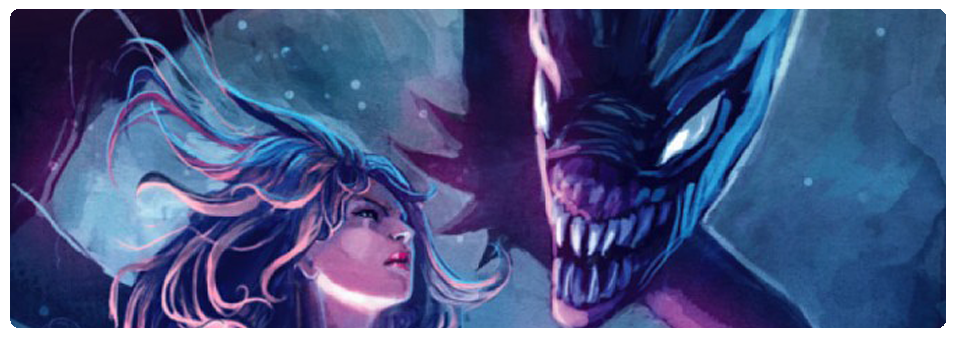Phonogram: The Immaterial Girl #1
Writer: Kieron Gillen
Artist: Jamie McKelvie
Colourist: Matthew Wilson
Letterer: Clayton Cowles
Review by Joey Braccino
“Only in a time where videos are ever-present could even a dullard believe they are without power. Even you in my time would have realised that wasn’t true. I watched my first as if seeing the future being born, all slickness caked in blood.”

Phonogram is where it’s at, man. Kieron Gillen and Jamie McKelvie’s music-meets-magic comic book captures everything wonderful and whimsical and maddening and hip and pretentious about post-modernist art-on-art. Premise is about as straightforward as you can get: music is magic, and those that can channel that magic—the phonomancers—are living the dream, man. Of course, there isn’t really a “dream”—just a lot of mid-2000s urban British disillusionment, disengagement, inebriation, fornication, and the like filtered through this trippy quasi-fantastical mystical lens. But don’t let that grit dissuade you—Phonogram is as eccentric and sarcastic and self-aware a book as you’d expect from Gillen and McKelvie, and the coolest part is that the original Phonogram series from 2006 is what put the two creators on the map and led down the rabbit hole to another Phonogram series, Young Avengers, and, of course, the Wicked + the Divine.
Basically, that’s all a roundabout way of saying go back in time and check out the original Phonogram and the follow up Phonogram: The Singles Club. And then check out this week’s Phonogram: The Immaterial Girl #1, the first issue of the long-awaited threequel series.
And that’s a roundabout way of saying Phonogram: The Immaterial Girl, while uber hip and classic Gillen/McKelvie and entertaining and dripping with wit, is much better enjoyed and understood with a heaping helping of the first two series (at least the middle series at the least). That isn’t necessarily saying new readers won’t “get” Immaterial Girl, but they might find the high-fantasy-meets-intellectual-pop-music-headiness a bit jarring to get around on the first read-through. Several characters from the second series appear throughout this issue (including our protagonist, Emily Aster) and references are made to a certain deicide from the original series. Again, if anything, Immaterial Girl #1 should make new readers want to go read those original books, and having that foreknowledge doesn’t necessarily enhance the experience so much as inform it. But whatevs—bottomline is that Immaterial Girl #1 is awesome, so I suppose just how awesome you find it depends on your prior experience with the Phonogram series.
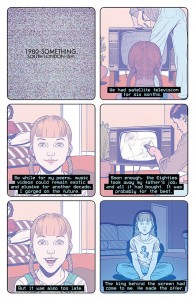
The premise is really what makes the book work. In many ways, Phonogram as a series is Kieron Gillen’s life. A former video game, music, and culture journalist, Gillen has written about his personal connection to music and the music scene in London throughout his career. In the letter at the back of Phonogram: Immaterial Girl, Gillen calls this a “warped autobiography” in that “none of it is true,” but it is drawn from his own ideas about music, music as magic, and, of course, “aging” and everything that seems to fade away as your cultural zeitgeist all of a sudden becomes the past. That’s pretty heavy, man, and Immaterial Girl as the third installment serves as the culmination of a lot of that heaviness.
Immaterial Girl follows Emily Aster, a phonomancer who came of age during the heyday of music videos. She made a deal with the King Behind The Screen to give up half of personality for the power of music, and she has dealt with her split personality (get it?) since the 1980-somethings. Now, at the turn of the millennia, Emily’s trying to figure out her place, her music’s place, and her power’s place, all while still coping with the whole personality thing. Add in some A-ha, some hipster in-jokes, some cruelty-toward-the-intern, and some discussion of “retro” and you’ve got a killer first issue to this long-awaited series.
Honestly, I’d pick this book up just for McKelvie and colourist Matt Wilson’s artwork. Like these guys are at the top of my list of “Artists I’ll Read Whatever Whenever Forever.” The pop-naturalism of McKelvie’s linework is engaging and dynamic without the cinematic opulence of his contemporaries. This is “slice-of-life” for the energetic, vibrant, visually stimulating set: sunglasses, eyeshadow, wire frames, blow-outs, leather jackets—McKelvie makes real-life sexy and visceral in a way few other artists can. Part of the evolution of McKelvie’s aesthetic, however, has come from his alliance with colourist Wilson. If you look back at that original Phonogram, the naturalism is there, but the fervor and weight is absent. Wilson’s dynamic colors and heavy use of reds and oranges to counter the neon blues and greens creates this concert of light that McKelvie’s original black-and-white lines just didn’t have. Phonogram: Immaterial Girl is gorgeous. Period.
Verdict
BUY. Phonogram: The Immaterial Girl #1 is what Phonogram fans have been waiting over 5 years for. It’s also what Wicked + Divine fans should be checking out for more Gillen/McKelvie/Wilson/Cowles. It’s also what Young Avengers fans should be looking for to fill that fix that they’ve been missing for over a year. And finally, it’s what comics readers and music fans and people who like stuff should pick up if they want to read the best book on the stands this week. Check it!

